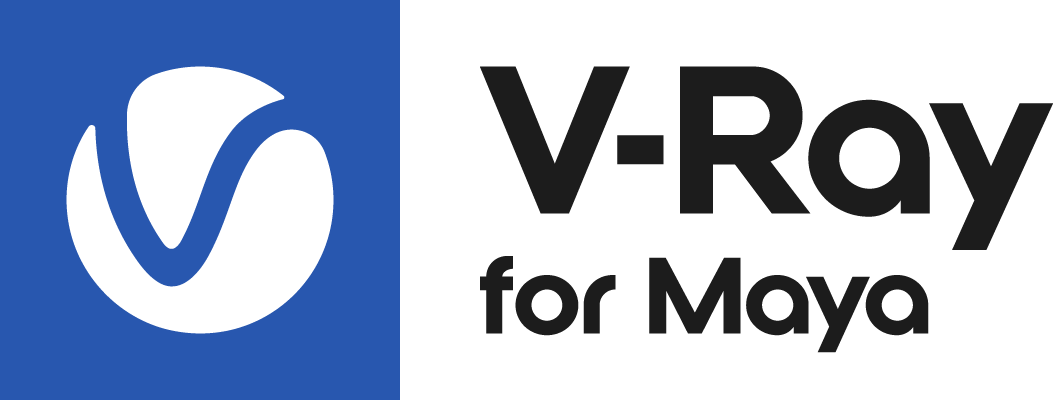This page provides information on the Render overrides rollout in the Render Settings.
Overview
The Rendering Overrides options can be used to override certain aspects of the way the scene is rendered.
UI Path: ||Render Settings window|| > Overrides tab > Rendering rollout
Parameters
Secondary rays bias – A small positive offset applied to all secondary rays. This setting is useful when the scene contains overlapping faces, which can cause black splotches to appear in the rendering. For more information, see the Secondary Rays Bias example below.
When overlapping faces are present in a scene, in order for GI to calculate correctly it is often necessary to assign a 2-sided material to the overlapping objects in addition to enabling the Secondary rays bias option.
Clamp max ray intensity – Uses the Max ray intensity value to suppress the contribution of very bright rays, which can typically cause excessive noise (fireflies) in the rendered image. The Max ray intensity value is applied to all secondary (GI/reflection/refraction) rays as opposed to the final image samples, allowing fireflies to be effectively suppressed without losing too much HDR information in the final image.
Max ray intensity – The maximum ray intensity when Clamp max ray intensity is enabled.
Up Vector – Specifies the up-vector for the scene. This setting can be useful when importing data from other applications (such as 3ds Max) where the up-vector is not Y as in Maya.
Cache geometry plugins between renders – When enabled, V-Ray keeps all loaded geometry in memory after the rendering is complete, allowing the next render to start faster in cases when the geometry is unchanged.
Clear geometry cache – Manually clears any geometry cache left between renders. Otherwise, the geometry cache will be automatically cleared on the next render if Cache geometry plugins between renders is enabled.
Cache bitmaps between renders – When enabled, V-Ray keeps all loaded textures in memory after the rendering is complete. This means the next render can start faster as textures don't need to be reloaded.
Clear bitmap cache – Manually clears any bitmap cache left between renders. Otherwise, the textures cache will be automatically cleared on the next render if Cache bitmaps between renders is enabled.
Use Maya shader for V-Ray proxies – For scenes created before V-Ray 3.1. Determines whether a proxy is going to be rendered with materials connected to the original mesh, or materials connected to the proxy instance.
Clear V-Ray proxies preview cache – Manually clears proxies preview cache. VRayProxy nodes allow caching of the geometry for faster preview; clearing the cache saves memory, and also makes it possible to reload the proxy if it has been changed.
Example: Secondary Rays Bias
This example shows the effect of the Secondary rays bias parameter. The scene below has a box object with a height of 0.0, which makes the two sides of the box to occupy exactly the same region in space. Due to the overlapping faces, V-Ray cannot resolve intersections of rays with these surfaces.
The first image shows what happens when the scene is rendered with the default settings. Splotches appear in the GI solution, caused by the fact that rays randomly intersect one or the other surface:
In the second image below, the Secondary rays bias is set to 0.001, which offsets the start of each ray a little bit along its direction. In effect, this makes V-Ray skip the problematic surface overlaps and render the scene correctly:
Note that the Secondary rays bias setting affects light ray calculations in the rendering (such as GI and reflections), but it alone cannot correct for materials on overlapping faces. In order to correctly render the overlapping faces, the material assigned to the box has its 2-sided option checked. This is so that the object looks the same way regardless of whether the camera rays hit the top or the bottom of the box. If the material did not have this option checked, it would appear "noisy" even though the Secondary rays bias is greater than 0.0:






